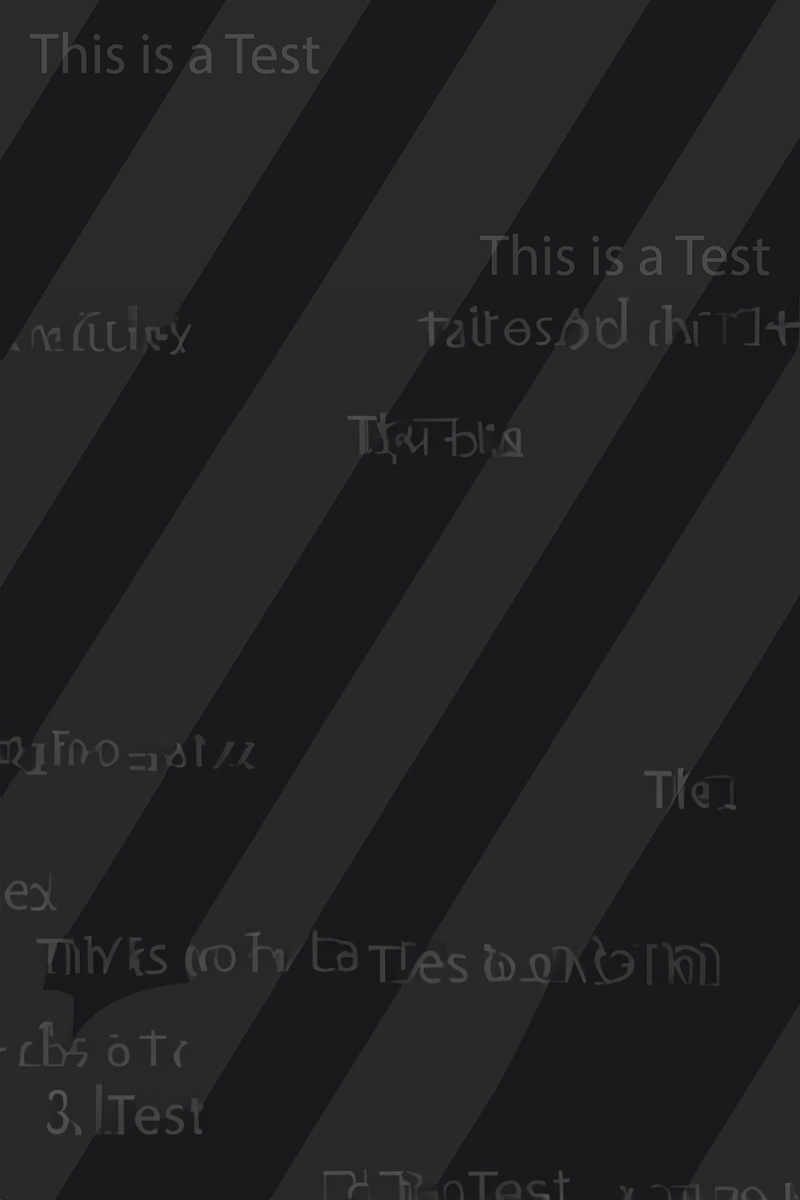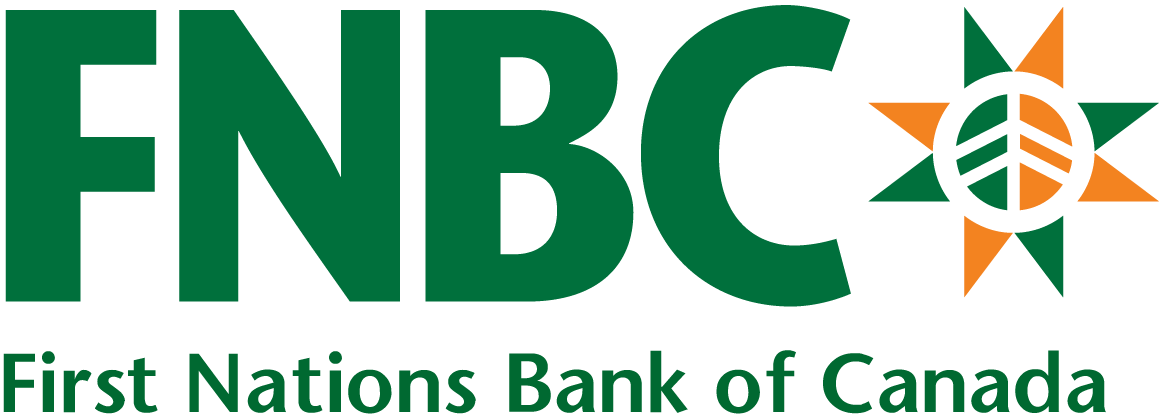Investing in a Child's Future
It’s never too early to start saving for your child’s education. With costs expected to rise dramatically in the next 18 years, now is the time to plan.
What Is an RESP?
A Registered Education Savings Plan (RESP) is a government-backed savings plan designed to help you save for your child’s education. You can set up an RESP for one or more children, and anyone – not just parents – can contribute.
- Tax Benefits: While not tax-deductible like RRSPs, RESPs offer tax-free growth. The money earned is not taxed until your child uses it for education, and even then, only the interest is taxed.
- First Nations Bank of Canada can help you determine if an RESP is the right investment for you.
What Is the CESG?
The Canada Education Savings Grant (CESG) is one of the biggest incentives to invest in an RESP. The government contributes an additional 20% on the first $2,000 you invest annually, adding an extra $400 a year to your child’s education fund. Over time, this can add up to $7,200 in free money for education.
- Pro Tip: The earlier you start, the more your child will benefit from both the grants and tax-free growth!
Even if your child doesn’t attend post-secondary school, there are options to reallocate the RESP funds. Start saving now for a brighter future!

















